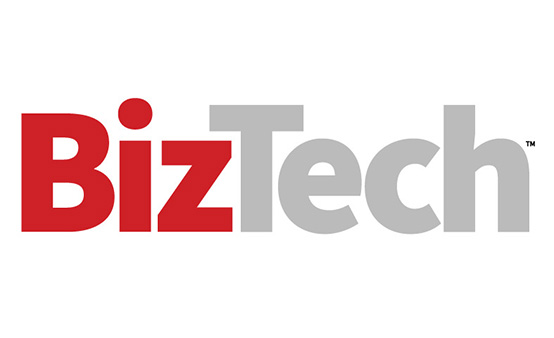What Is an AI Workstation?
AI workstations are designed to handle the demanding workloads associated with machine learning, deep learning and natural language processing (NLP). The workstations themselves are not “intelligent” — they function the way familiar desktops do. What sets them apart is the use of high-performance hardware components that are specialized to handle AI tasks.
Deploying AI workstations offers several benefits for financial firms, including:
- Increased security and compliance: AI workstations can handle large-scale data collection and processing onsite, reducing the amount of data stored by external cloud computing services or in colocated data centers.
- Improved fraud detection: With the ability to analyze billions of data points, AI workstations are the ideal choice to deploy AI-enabled detection tools that can quickly and accurately identify fraudulent activity.
- Reduced latency: Keeping AI workloads on-premises eliminates common cloud issues such as bandwidth limitations and processing latency.
- Enhanced cost control: As the number of continuously running AI processes ramps up, it becomes more cost-effective to keep these processes in-house rather than paying for the 24/7 use of cloud-based resources.
RELATED: Financial firms are building an AI center of excellence.
Picking the Right Processor: CPU, GPU or NPU?
The workstation processor you choose depends on your use case. Computers equipped with CPUs are best for general task management and data preprocessing. CPUs are the familiar workhorse of modern computing. They’re designed to handle general-purpose processing and orchestration tasks. Think of CPUs as the support structure for GPUs and NPUs. It doesn’t make sense to assign a simple task to a high-performance GPU when a CPU is better suited to this role.
GPUs are used for deep learning and AI model training, natural language processing and Big Data analytics. Originally designed for video games, GPUs are more powerful than CPUs and are therefore ideal for training large-scale machine learning models. For example, a bank developing a fraud detection framework might use AI workstations with high-end GPUs to train the framework on massive data sets and improve its accuracy.
NPUs are specialized processors designed for edge AI applications and energy-efficient computation. They’re used for speech and audio processing, computer vision, Internet of Things devices and AI inference. For banks and financial institutions, NPUs could power intelligent chatbots capable of answering complex client questions.
Not every application needs an AI workstation, and not all AI workstations are designed for the same tasks.
See how CDW can help your business navigate this generational technology change to minimize complexity and maximize ROI. Explore our artificial intelligence solutions.
This article is part of BizTech's EquITy blog series.












